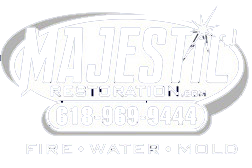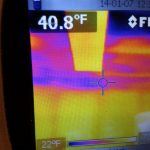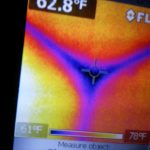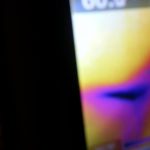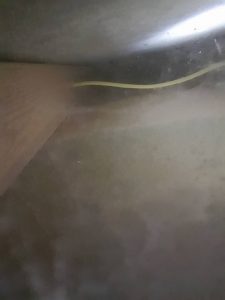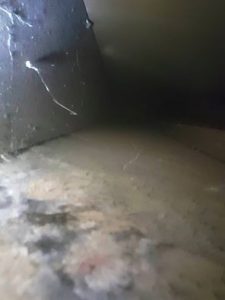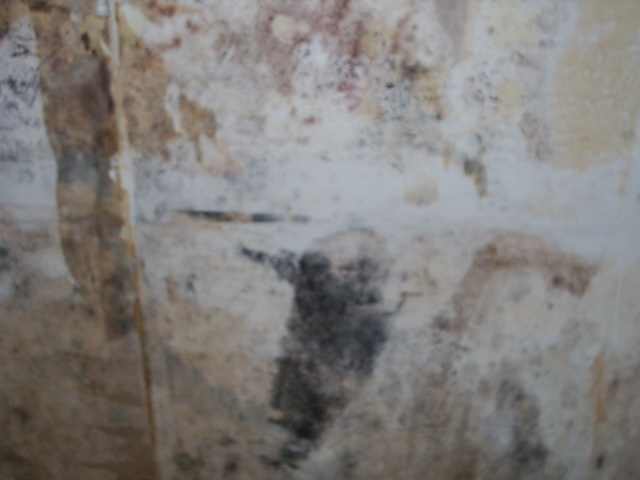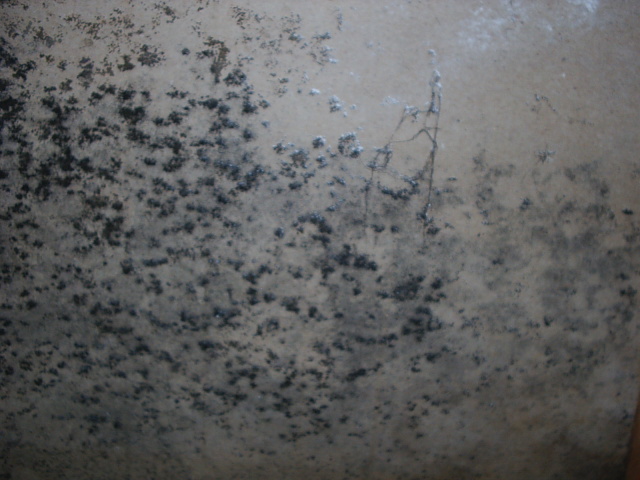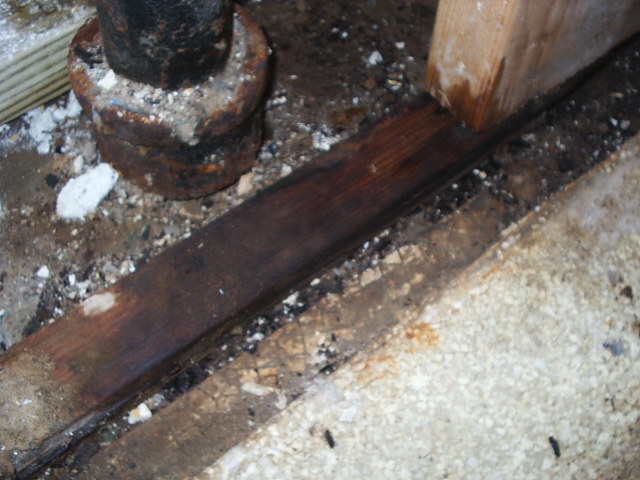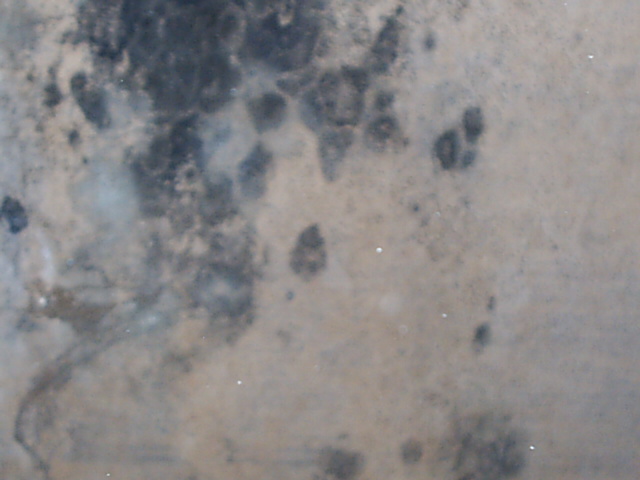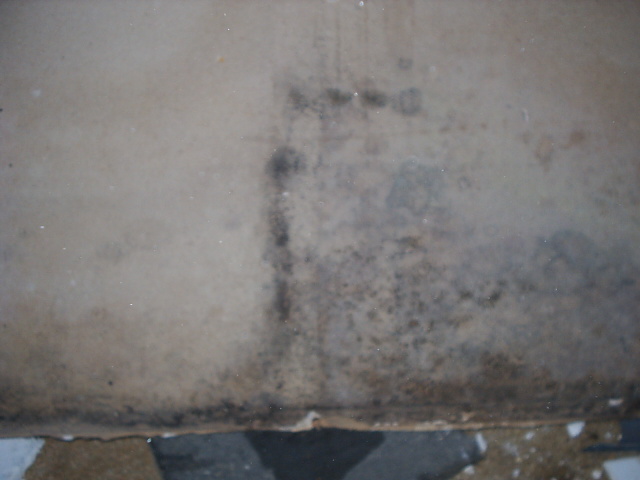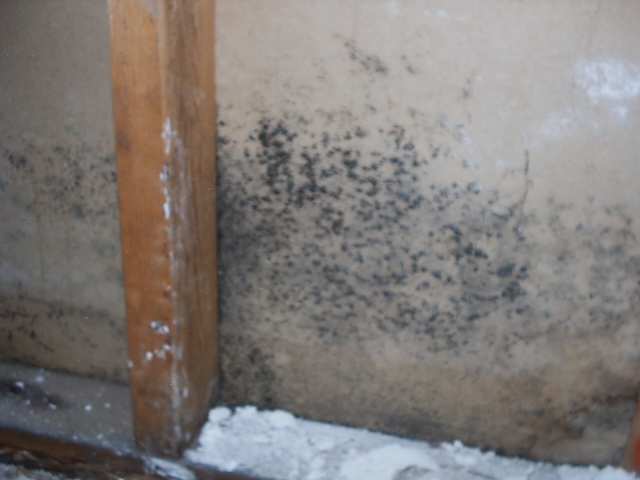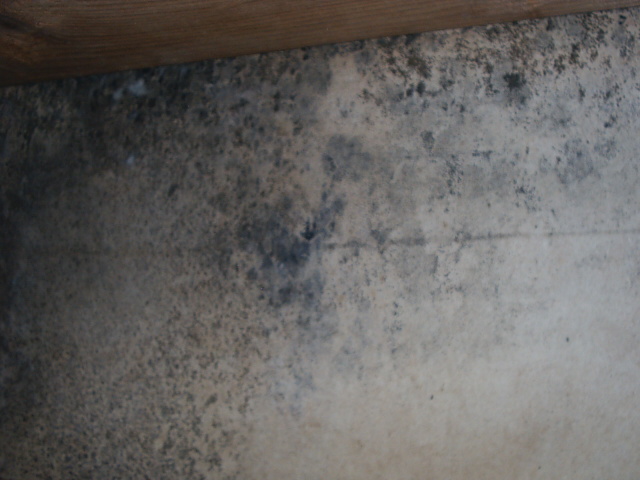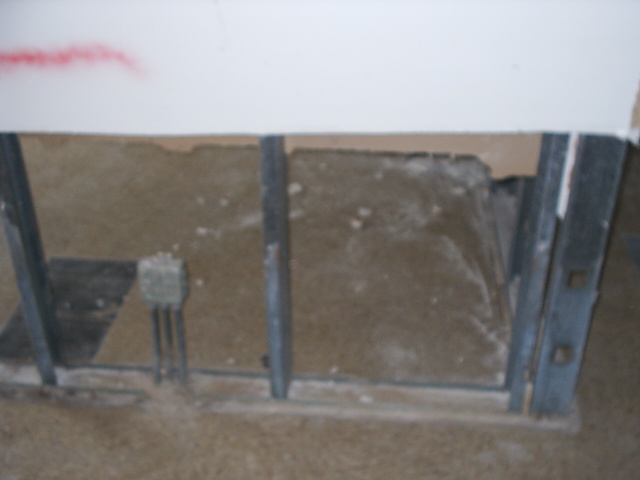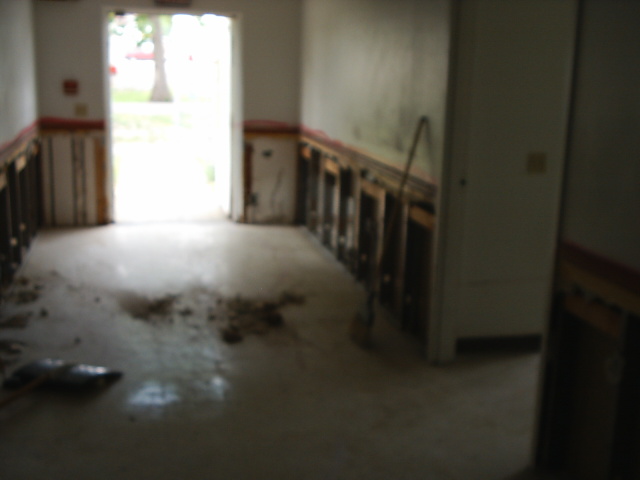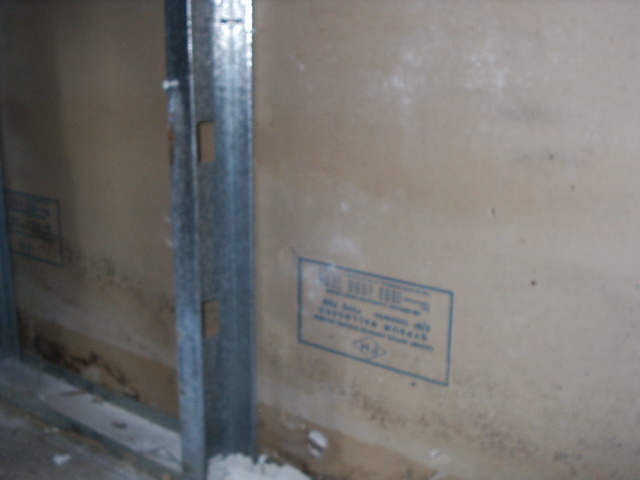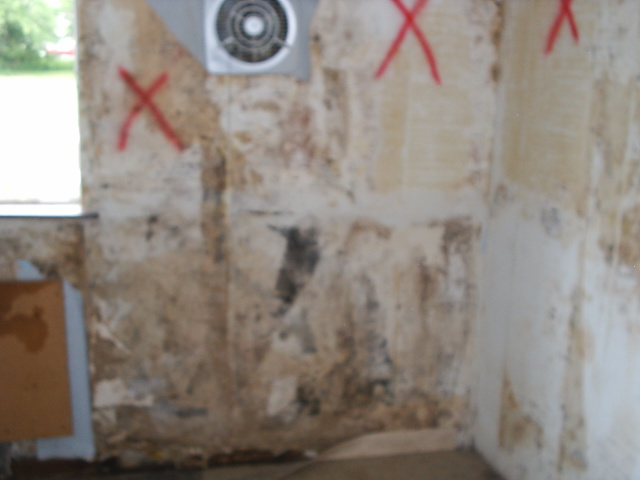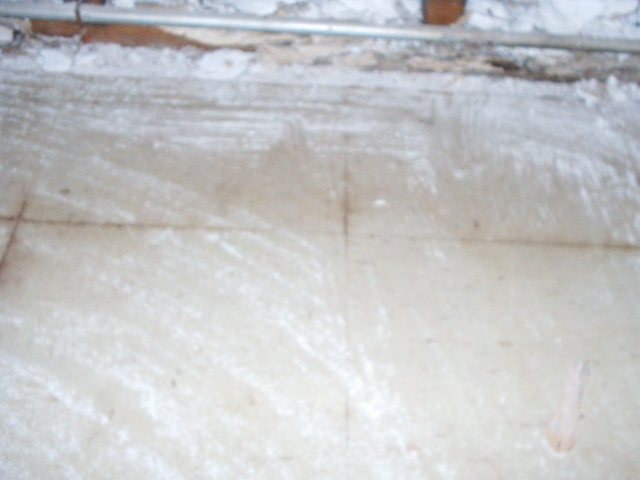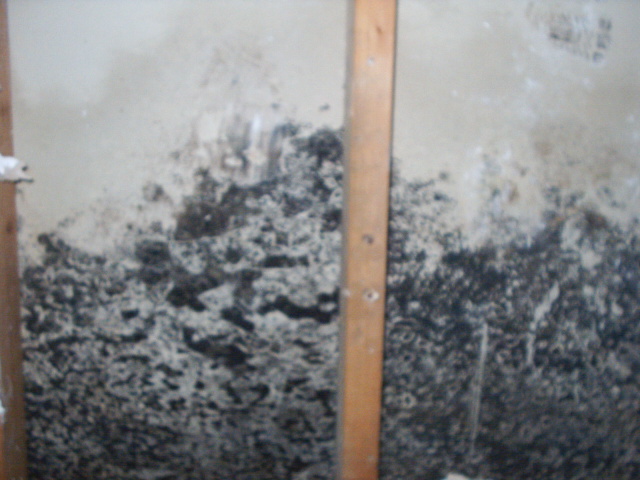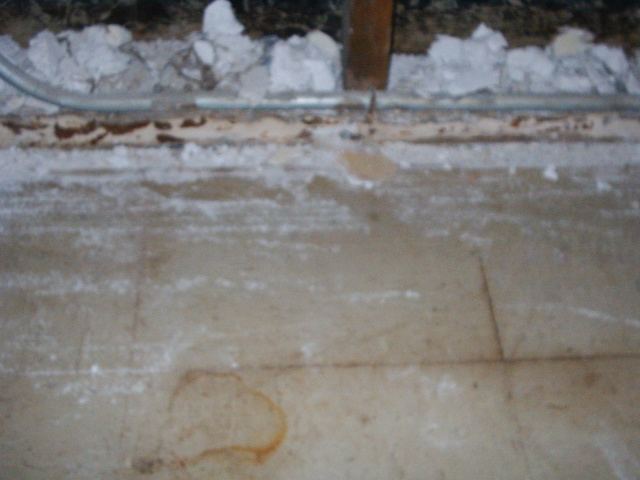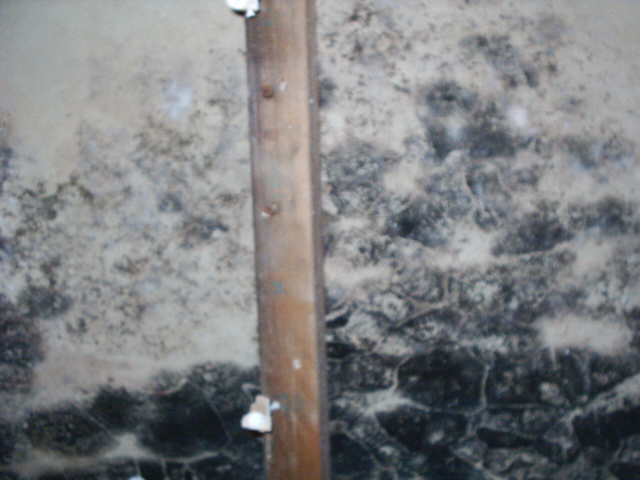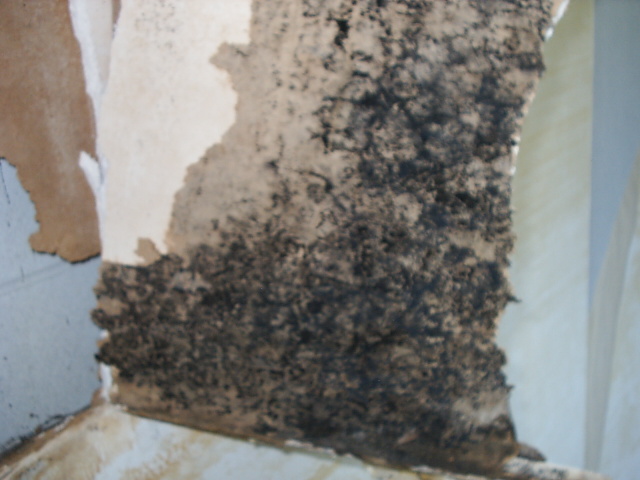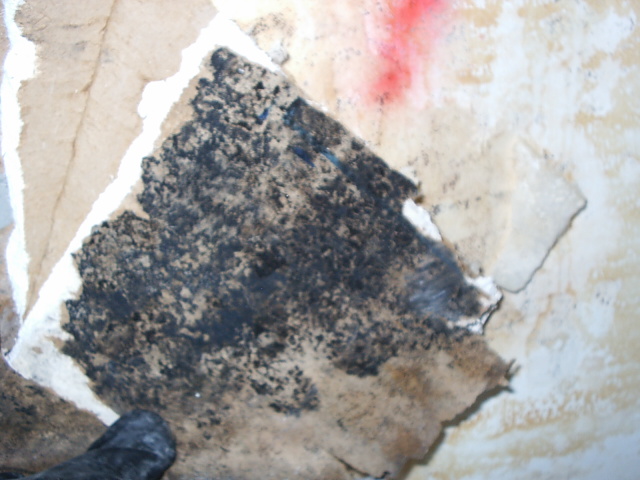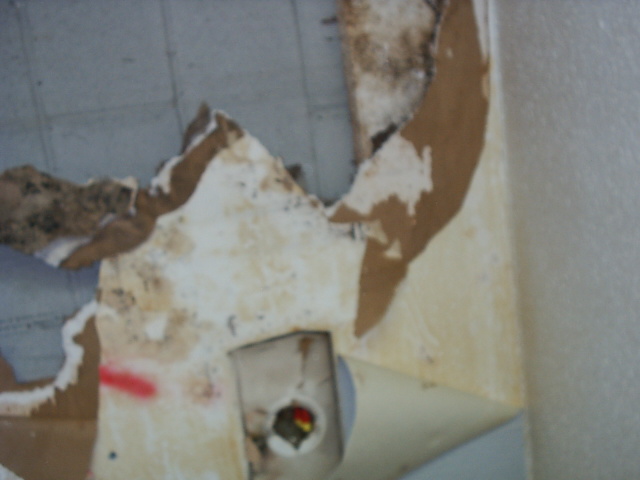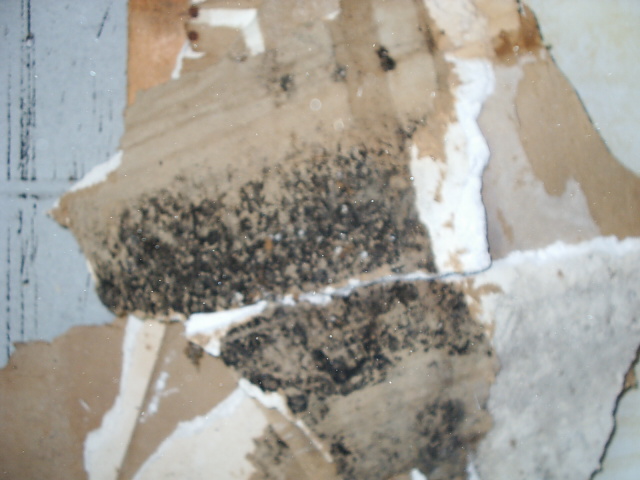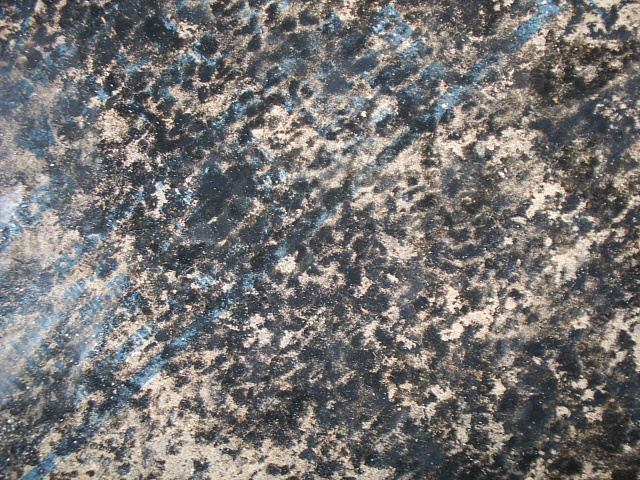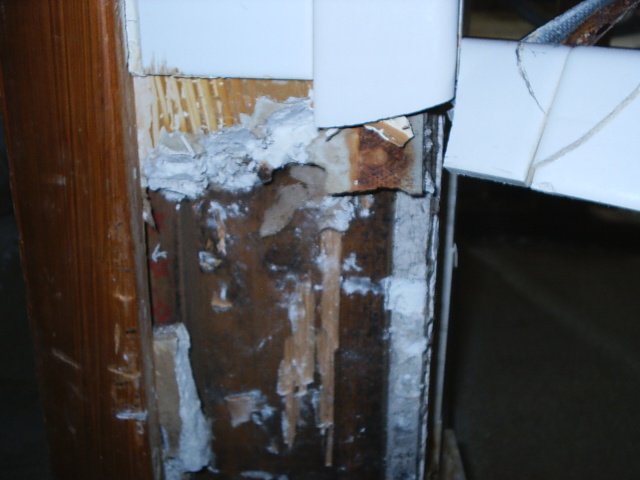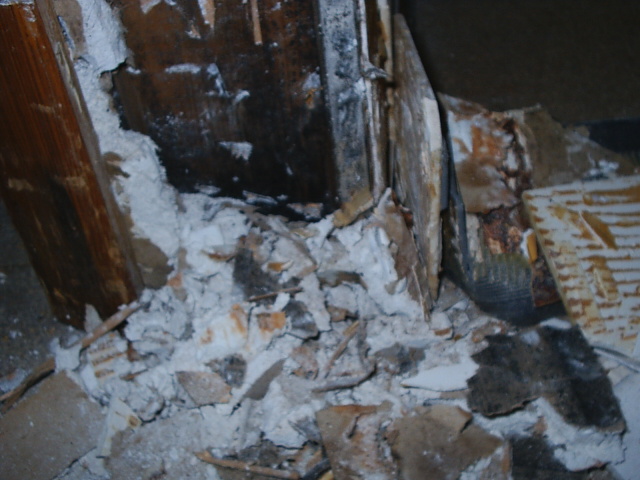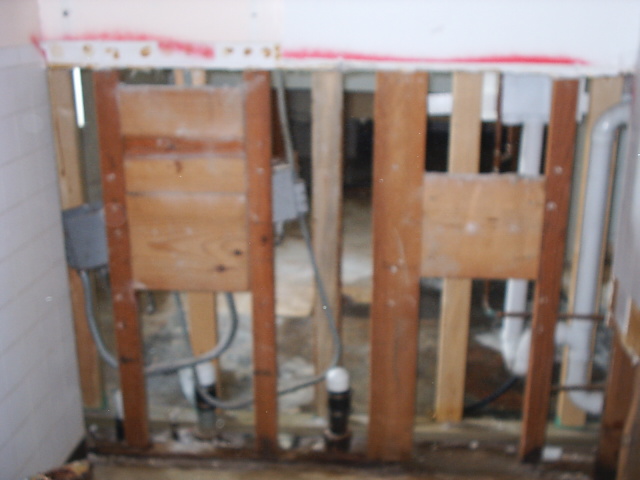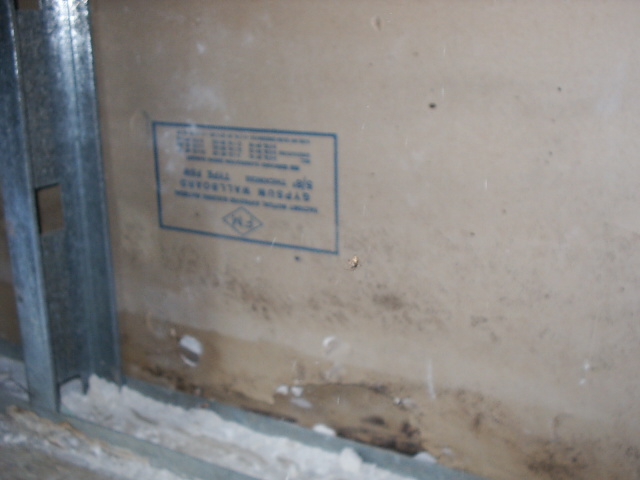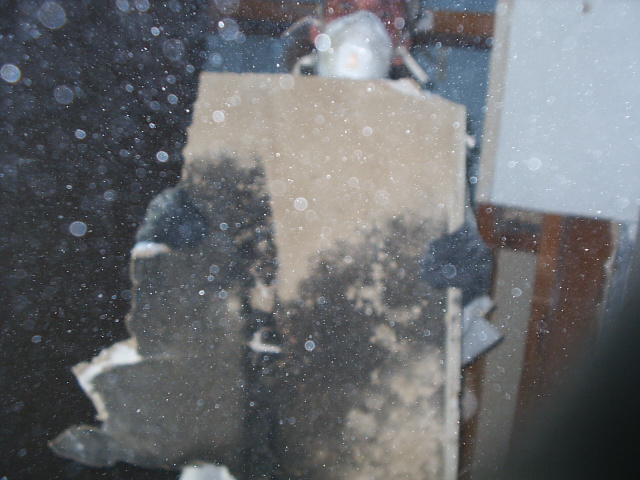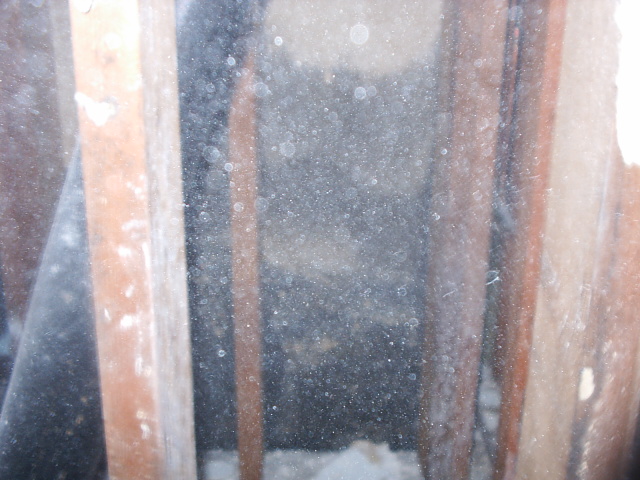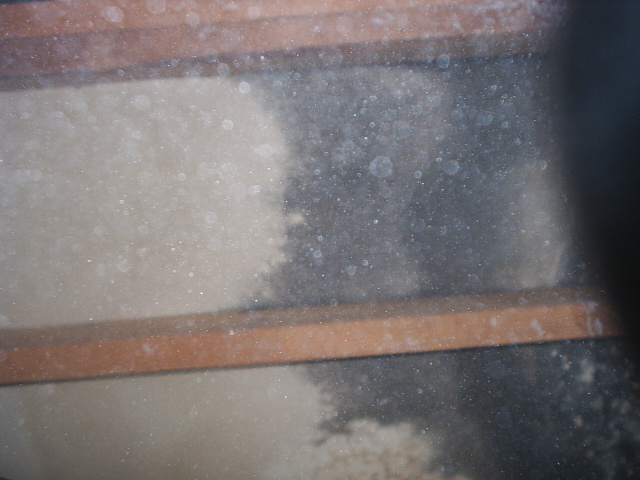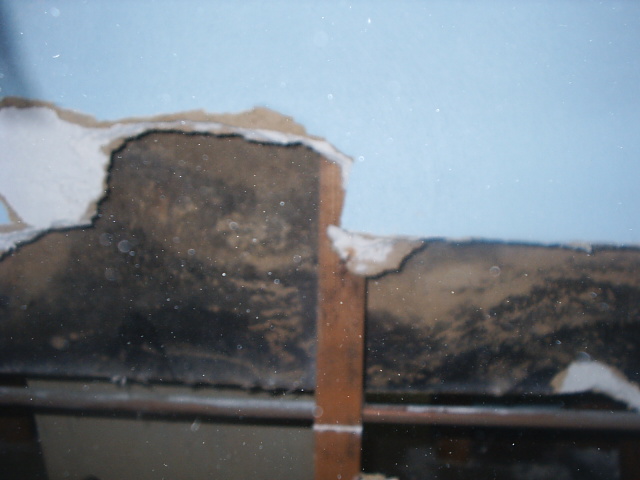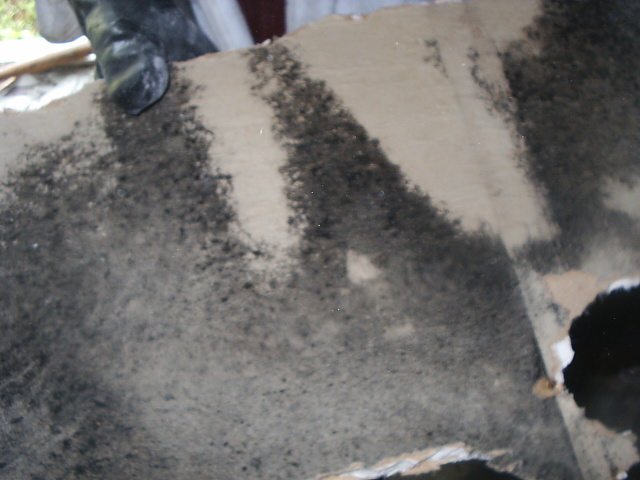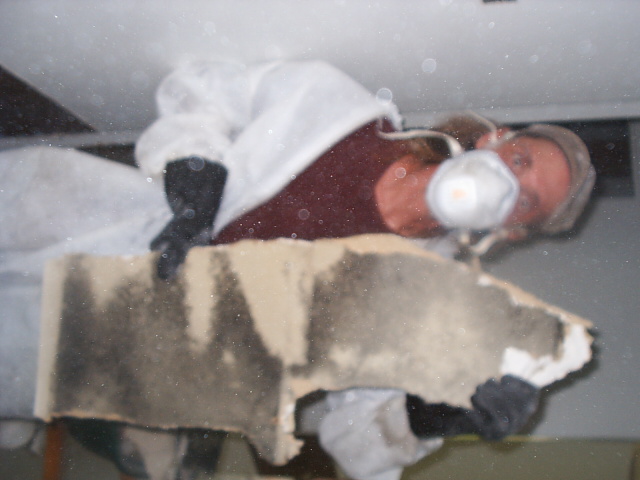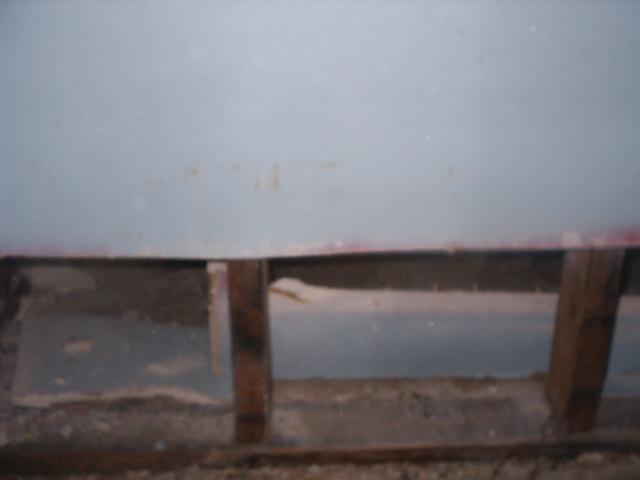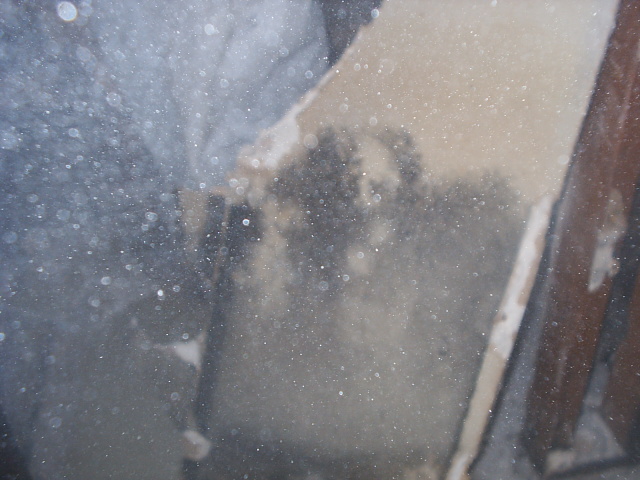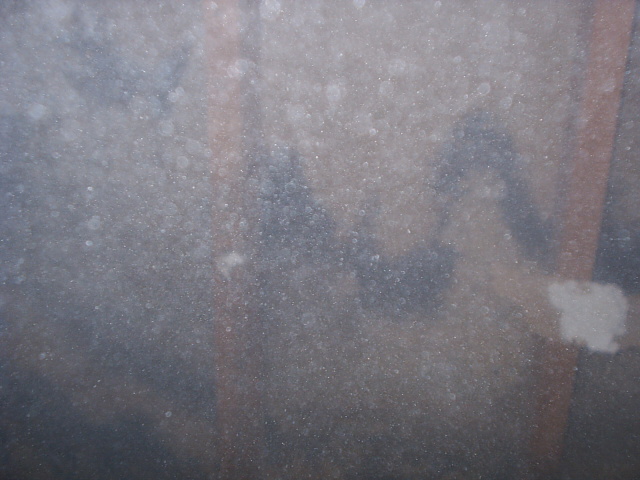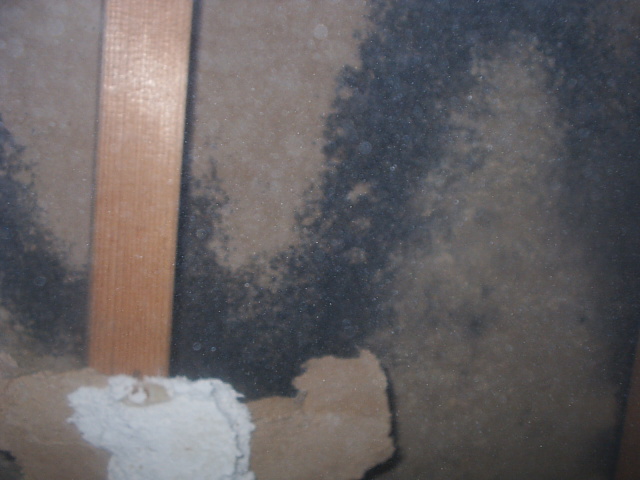We are fully licensed and qualified to inspect your home for mold. Not only that, but we are fully qualified to remove mold from your home and fix the root of the problem so you don’t have to deal with it in the future!
We use advanced instrumentation during or mold inspections. We want to find the underlying moisture source, so we use an infrared camera and scan your walls looking for potential hidden moisture sources. Questionable areas are further investigated with capacitance and resistance-based moisture meters.
Often we discover a hidden moisture and mold problem that needs to be further investigated, prior to performing a mold test. We may use a borescope to look inside a wall, underneath carpeting or inside ductwork.
Just look at some of the mold we’ve uncovered!
We’ve provided some helpful mold information below, if you have any further questions, Contact Us TODAY!
Mold Requires 3 Important Items to Survive:
- Air
- Moisture
- A Food Source (Wood, Drywall, Dust)
Naturally, it’s not only important to remove visible signs of mold, but to stop mold at it’s source!
If you are concerned about the presence of mold in your home or business call us today! Check out the Q&A section below for more information.
Questions & Answers
▶ What can I do to control moisture?
It is impossible to get rid of all mold and mold spores indoors; some mold spores will be found floating through the air and in house dust. The mold spores will not grow if moisture is not present. Indoor mold growth can and should be prevented or controlled by controlling moisture indoors. If there is mold growth in your home, you must clean up the mold and fix the water problem. If you clean up the mold, but don't fix the water problem, then. most likely, the mold problem will come back.
▶ Ten things you need to know about mold
- Potential health effects and symptoms associated with mold exposures include allergic reactions, asthma, and other respiratory complaints.
- There is no practical way to eliminate all mold and mold spores in the indoor environment; the way to control indoor mold growth is to control moisture.
- If mold is a problem in your home or school, you must clean up the mold and eliminate sources of moisture. Fix the source of the water problem or leak to prevent mold growth.
- Reduce indoor humidity (to 30-60% ) to decrease mold growth by: venting bathrooms, dryers, and other moisture-generating sources to the outside; using air conditioners and de-humidifiers; increasing ventilation; and using exhaust fans whenever cooking, dishwashing, and cleaning.
- Clean and dry any damp or wet building materials and furnishings within 24-48 hours to prevent mold growth.
- Clean mold off hard surfaces with water and detergent, and dry completely.
- Absorbent materials such as ceiling tiles, that are moldy, may need to be replaced.
- Prevent condensation: Reduce the potential for condensation on cold surfaces (i.e., windows, piping, exterior walls, roof, or floors) by adding insulation.
- In areas where there is a perpetual moisture problem, do not install carpeting (i.e., by drinking fountains, by classroom sinks, or on concrete floors with leaks or frequent condensation).
- Molds can be found almost anywhere; they can grow on virtually any substance, providing moisture is present. There are molds that can grow on wood, paper, carpet, and foods.
▶ Can mold cause health problems?
Molds do have the potential to cause health problems. Molds produce allergens (substances that can cause allergic reactions), irritants, and in some cases, potentially toxic substances (mycotoxins). Inhaling or touching mold or mold spores may cause allergic reactions in sensitive individuals. Allergic responses include hay fever-type symptoms, such as sneezing, runny nose, red eyes, and skin rash (dermatitis). Allergic reactions to mold are common. Molds can also cause asthma attacks in people with asthma who are allergic to mold.
▶ Where can I find mold in my home?
Mold and mildew are commonly found on the exterior wall surfaces of corner rooms in heating climate locations. An exposed corner room is likely to be significantly colder than adjoining rooms, so that it has a higher relative humidity (RH) than other rooms at the same water vapor pressure. If mold and mildew growth are found in a corner room, then relative humidity next to the room surfaces is above 70%. However, is the RH above 70% at the surfaces because the room is too cold or because there is too much moisture present (high water vapor pressure)?
▶ How do I get rid of mold?
It is impossible to get rid of all mold and mold spores indoors; some mold spores will be found floating through the air and in house dust. The mold spores will not grow if moisture is not present. Indoor mold growth can and should be prevented or controlled by controlling moisture indoors. If there is mold growth in your home, you must clean up the mold and fix the water problem. If you clean up the mold, but don't fix the water problem, then. most likely, the mold problem will come back.
